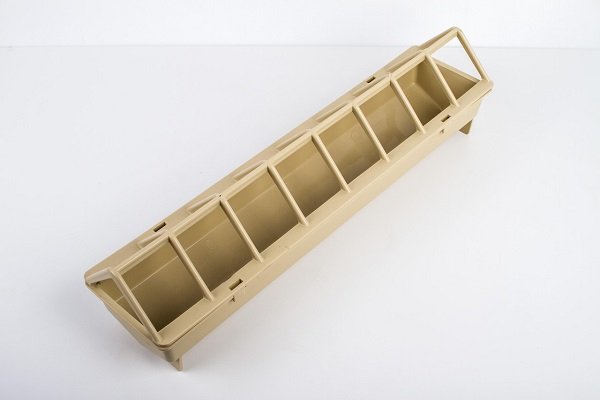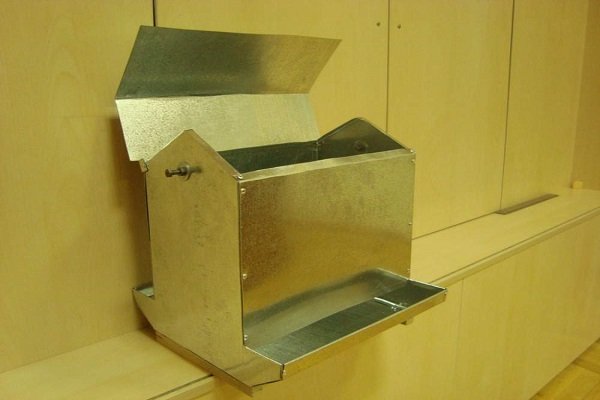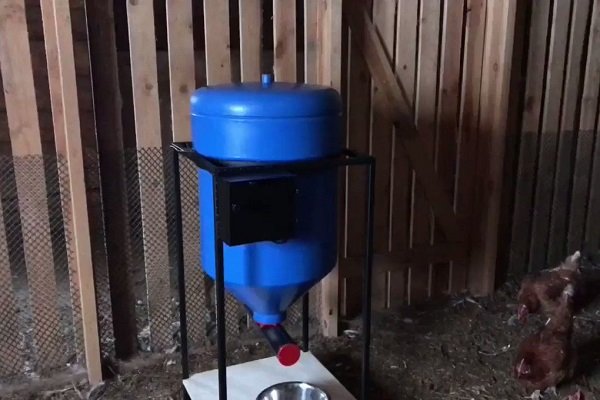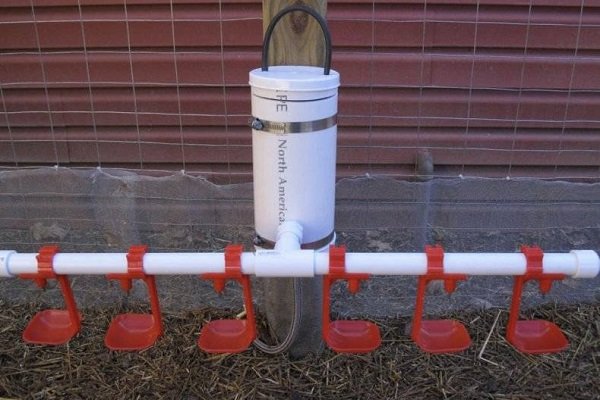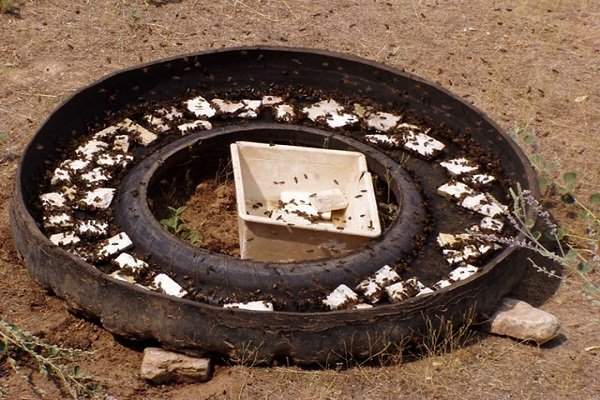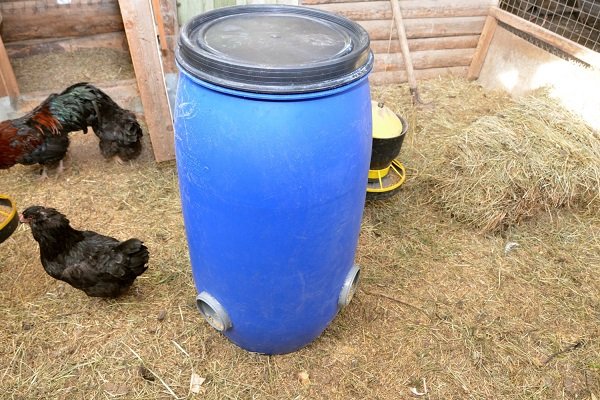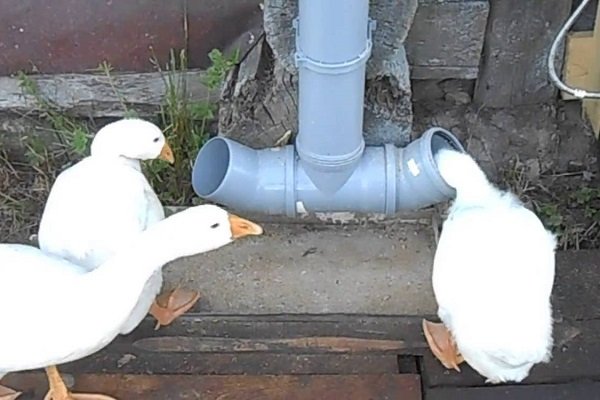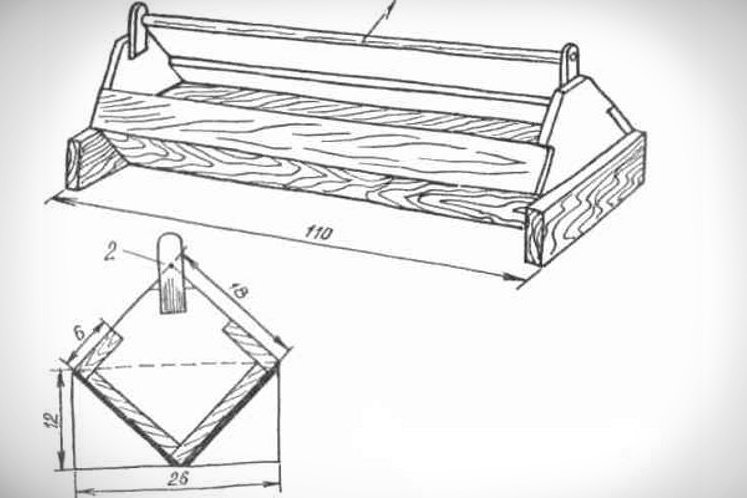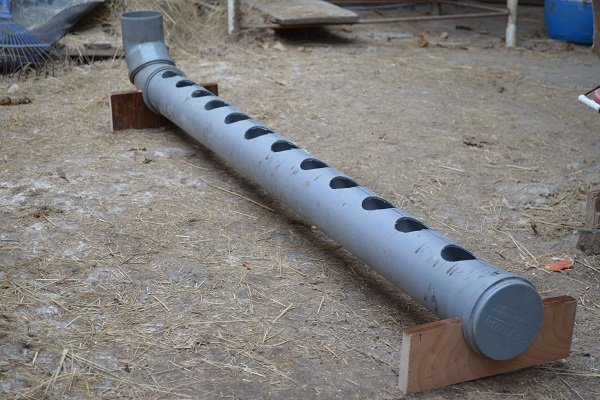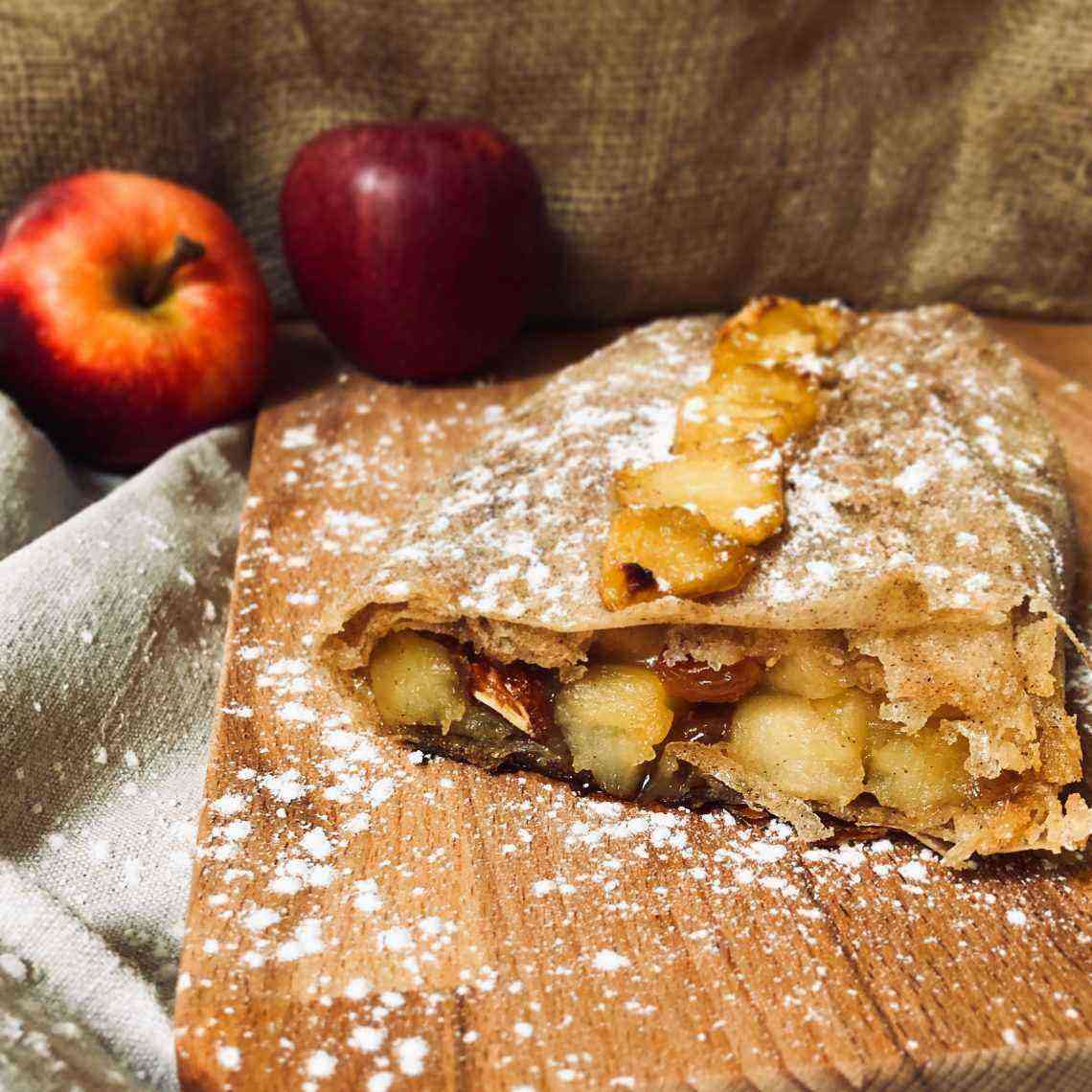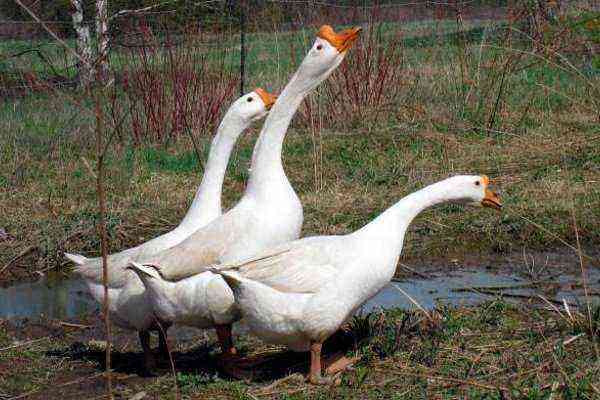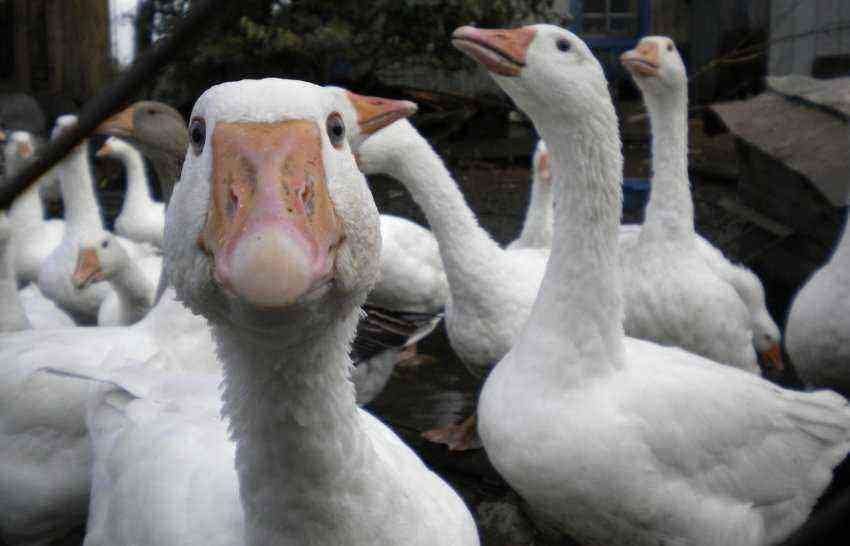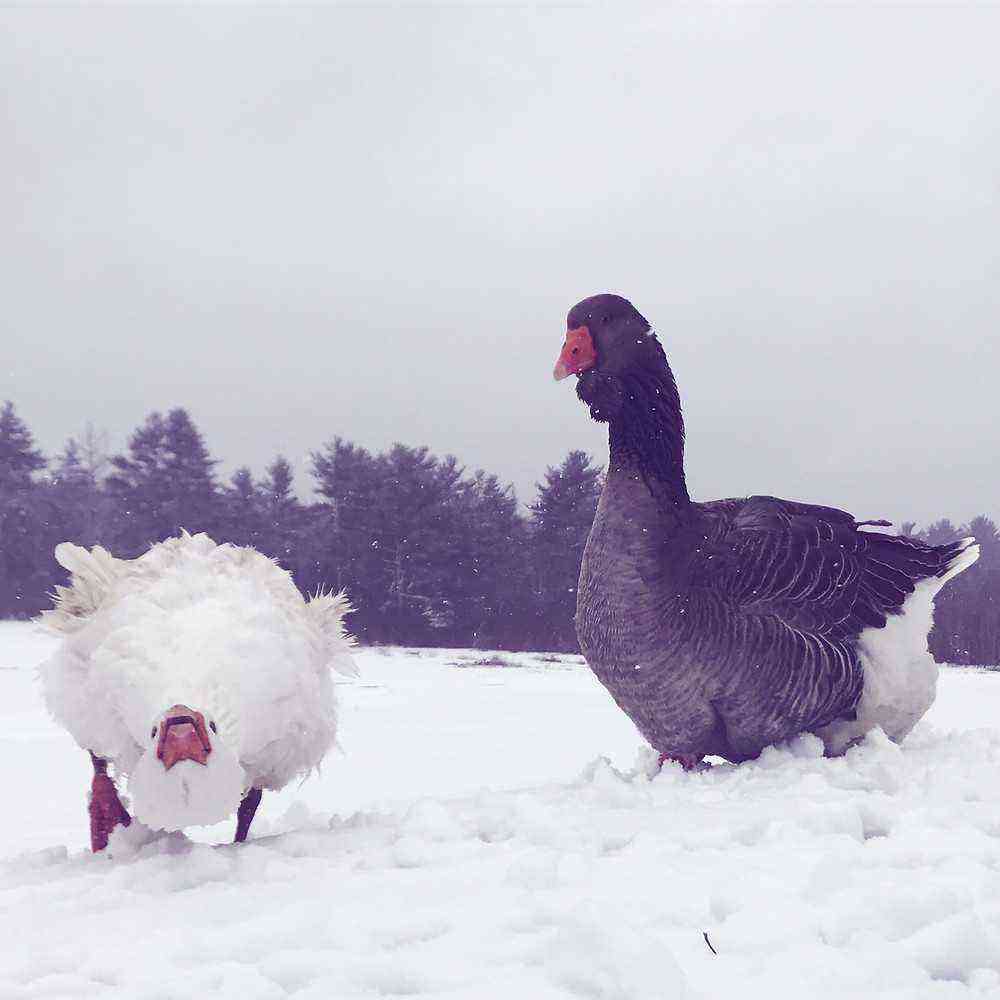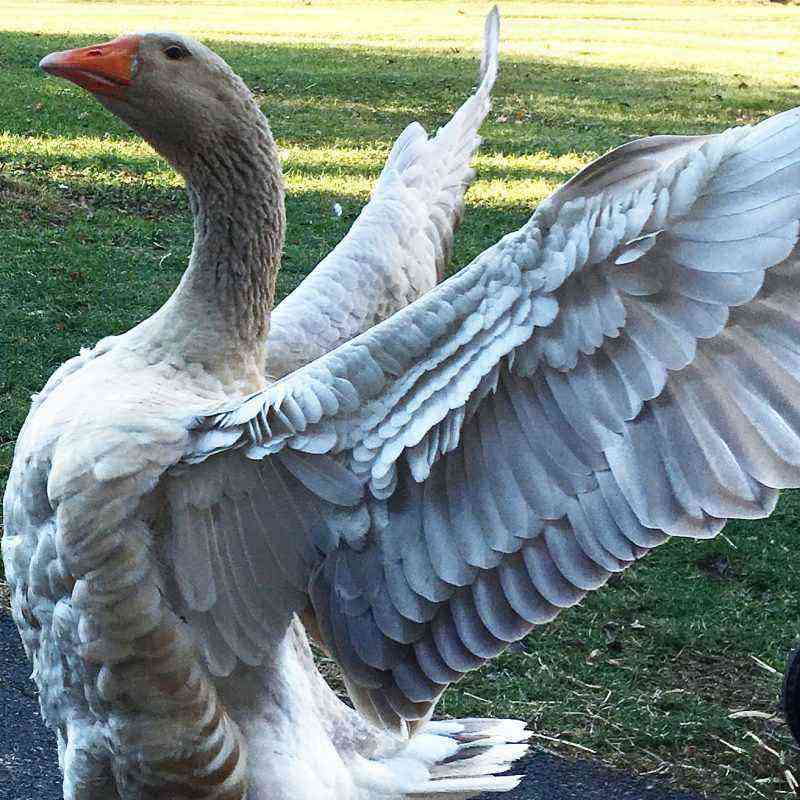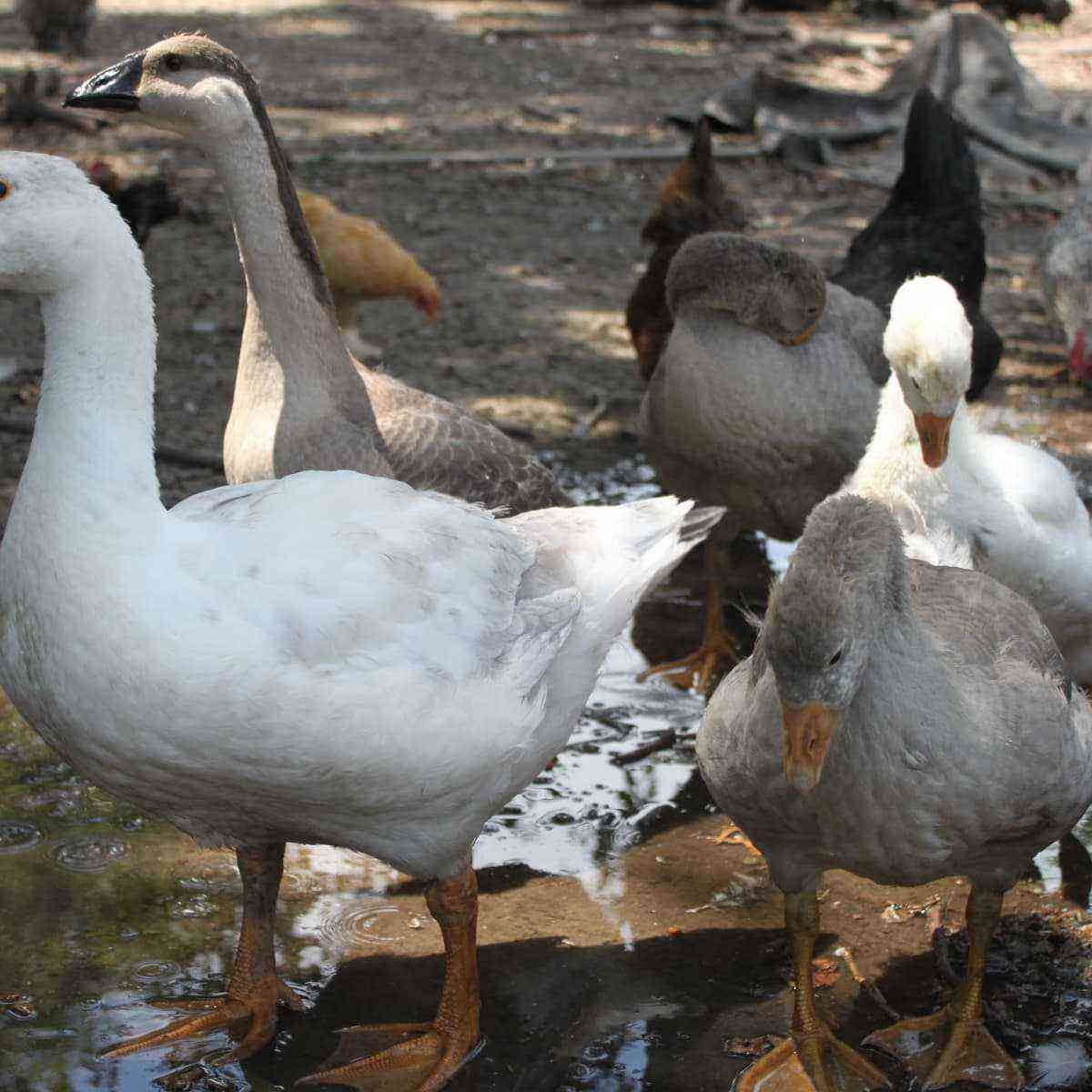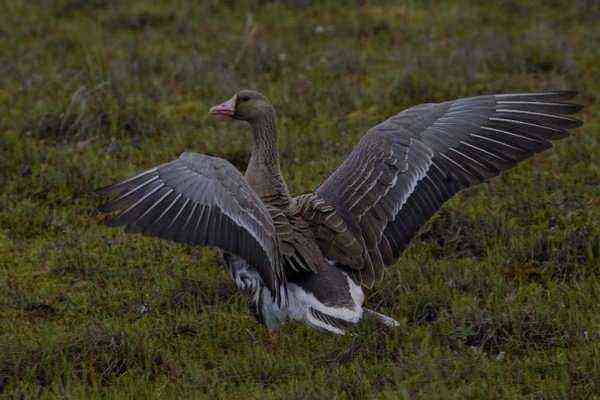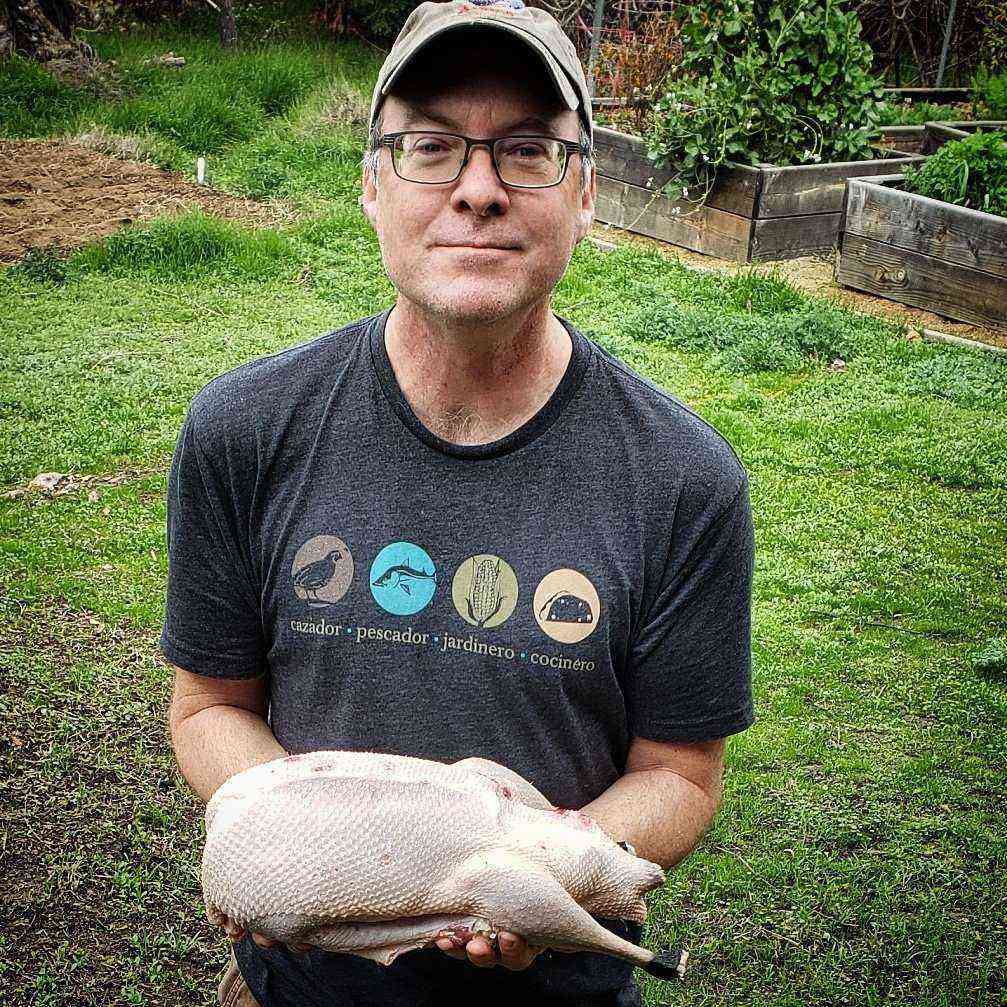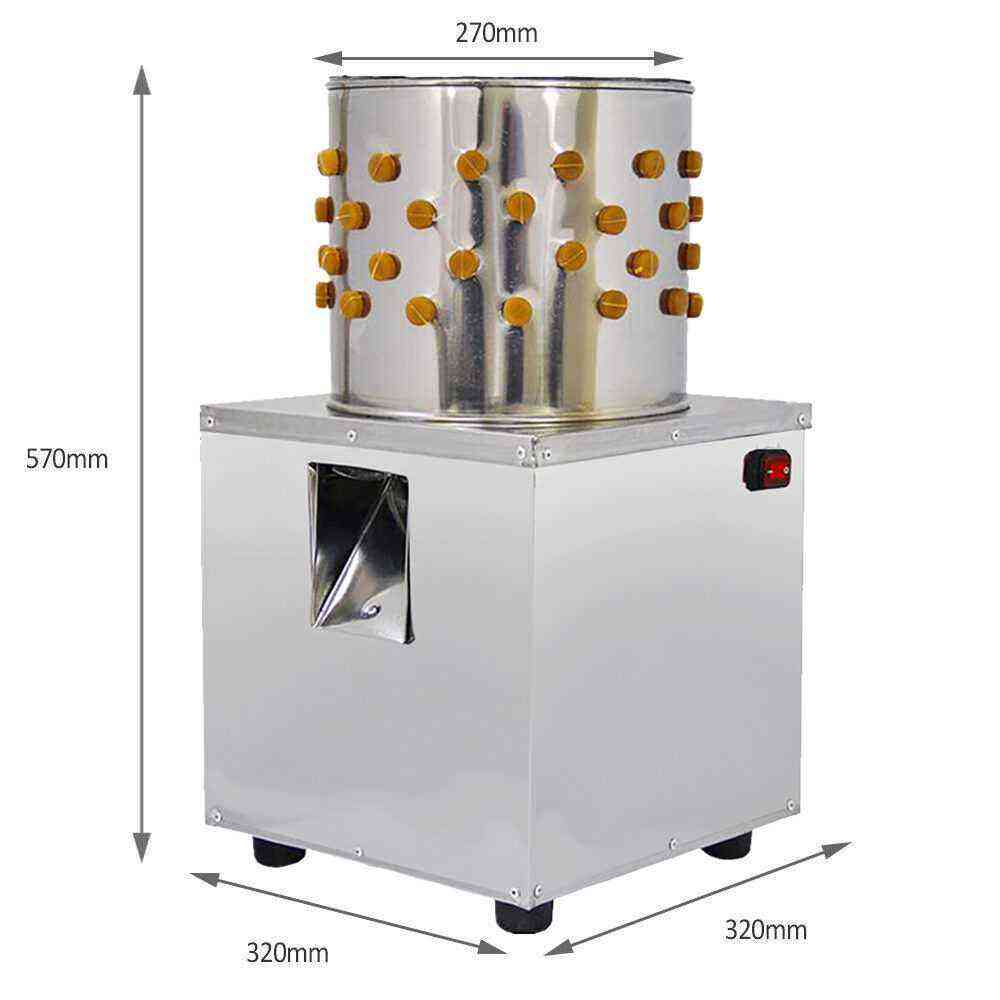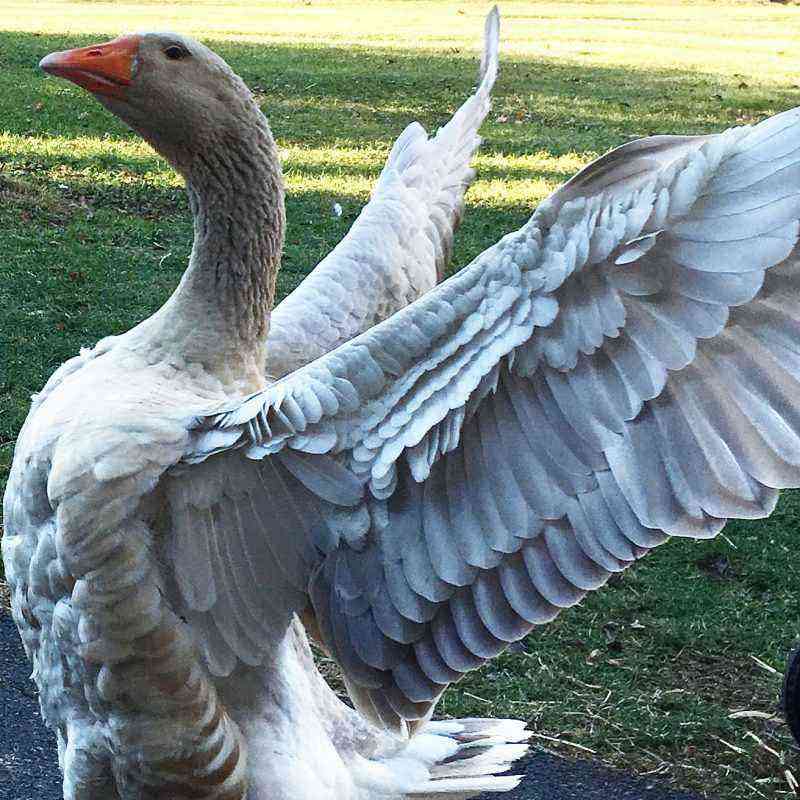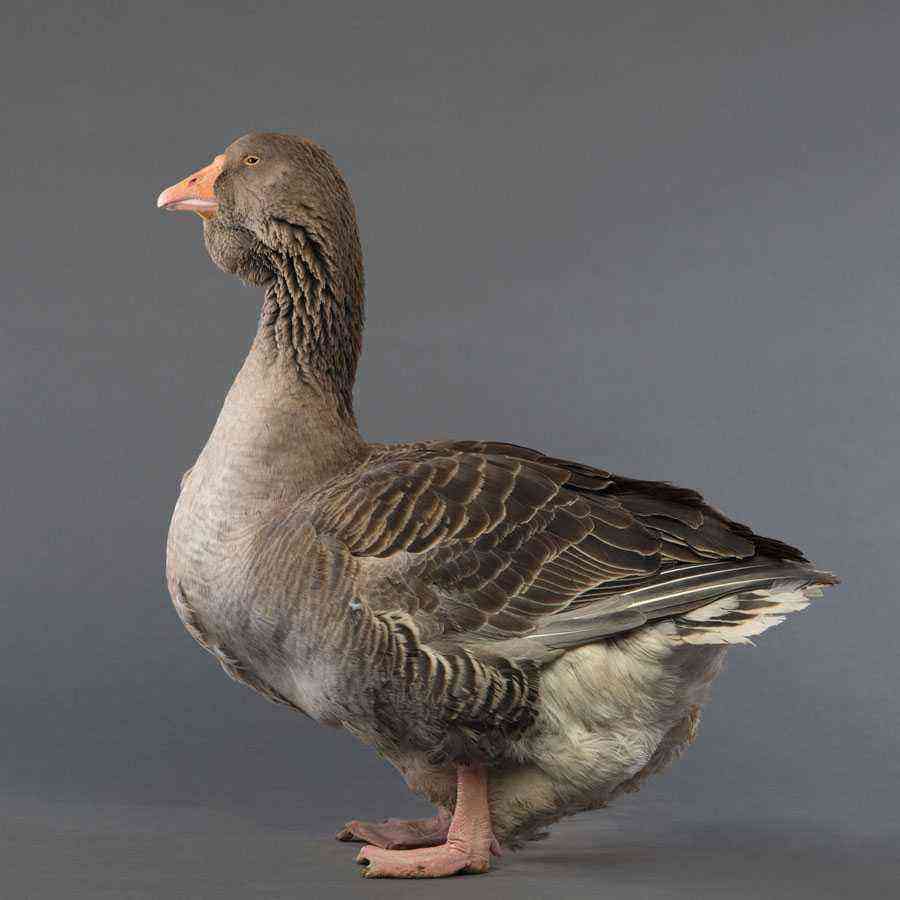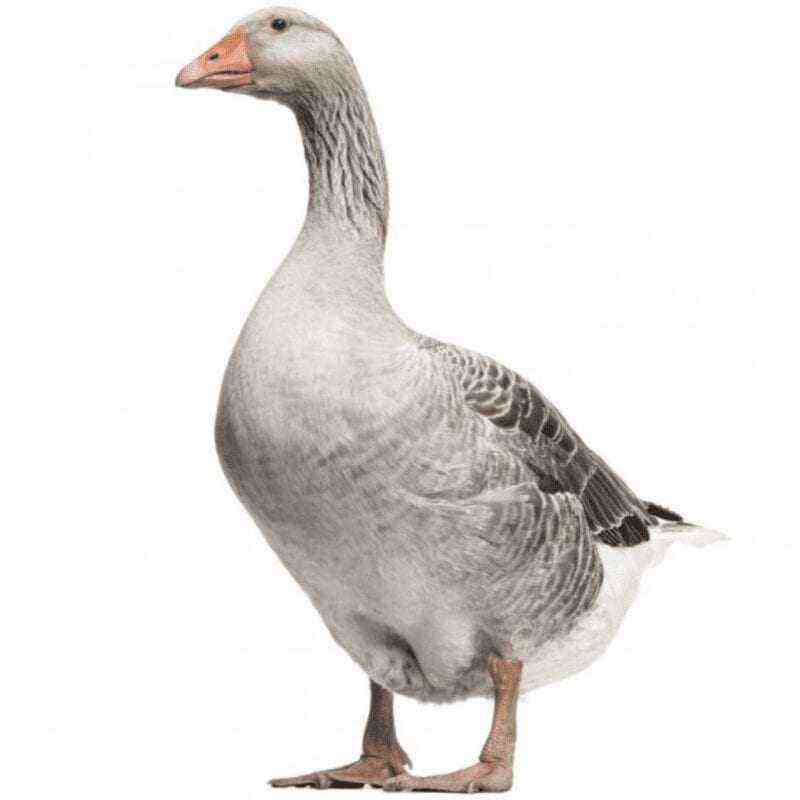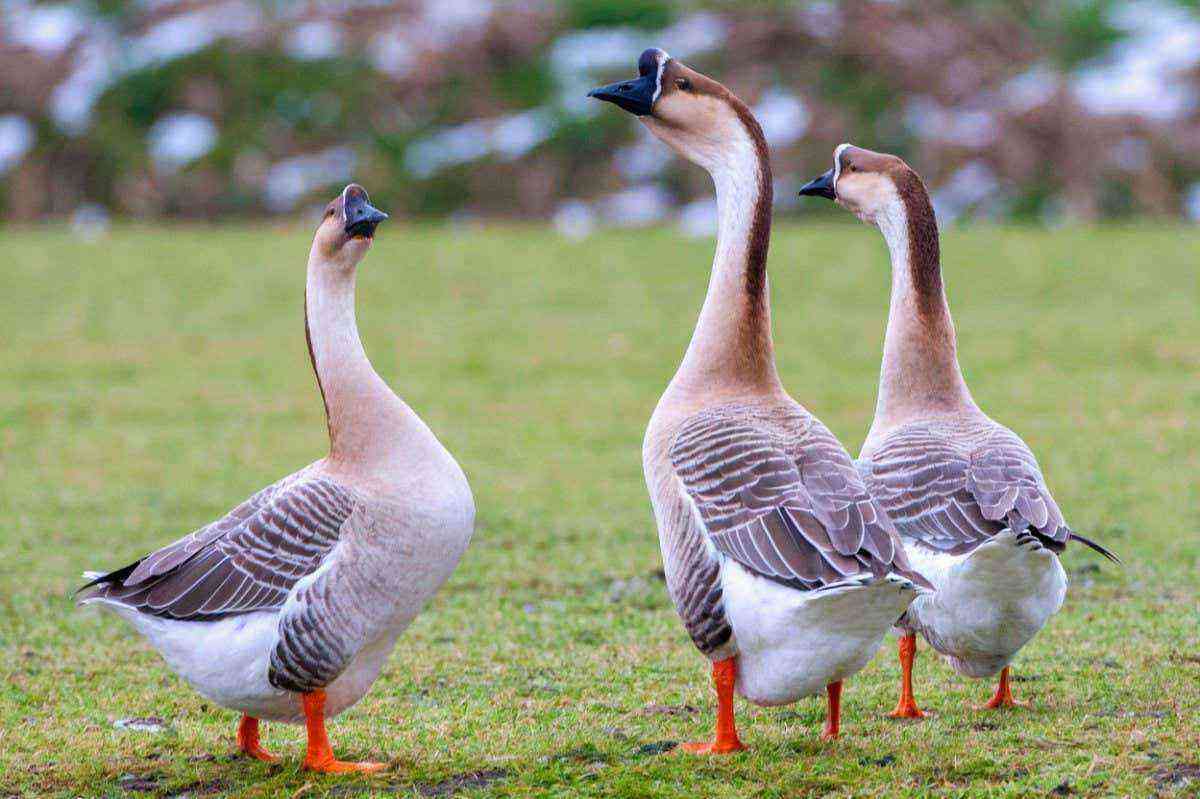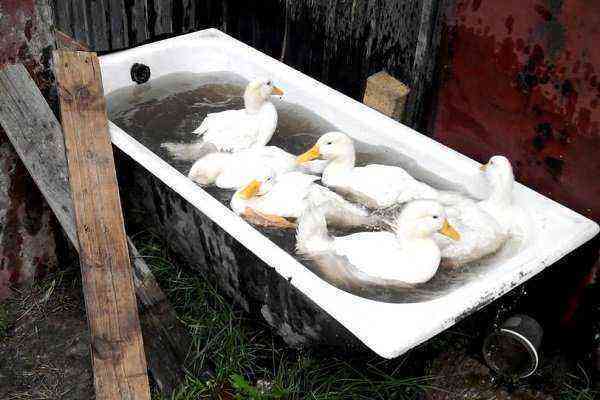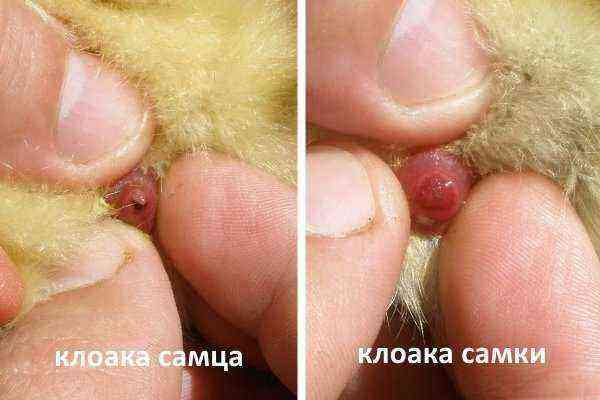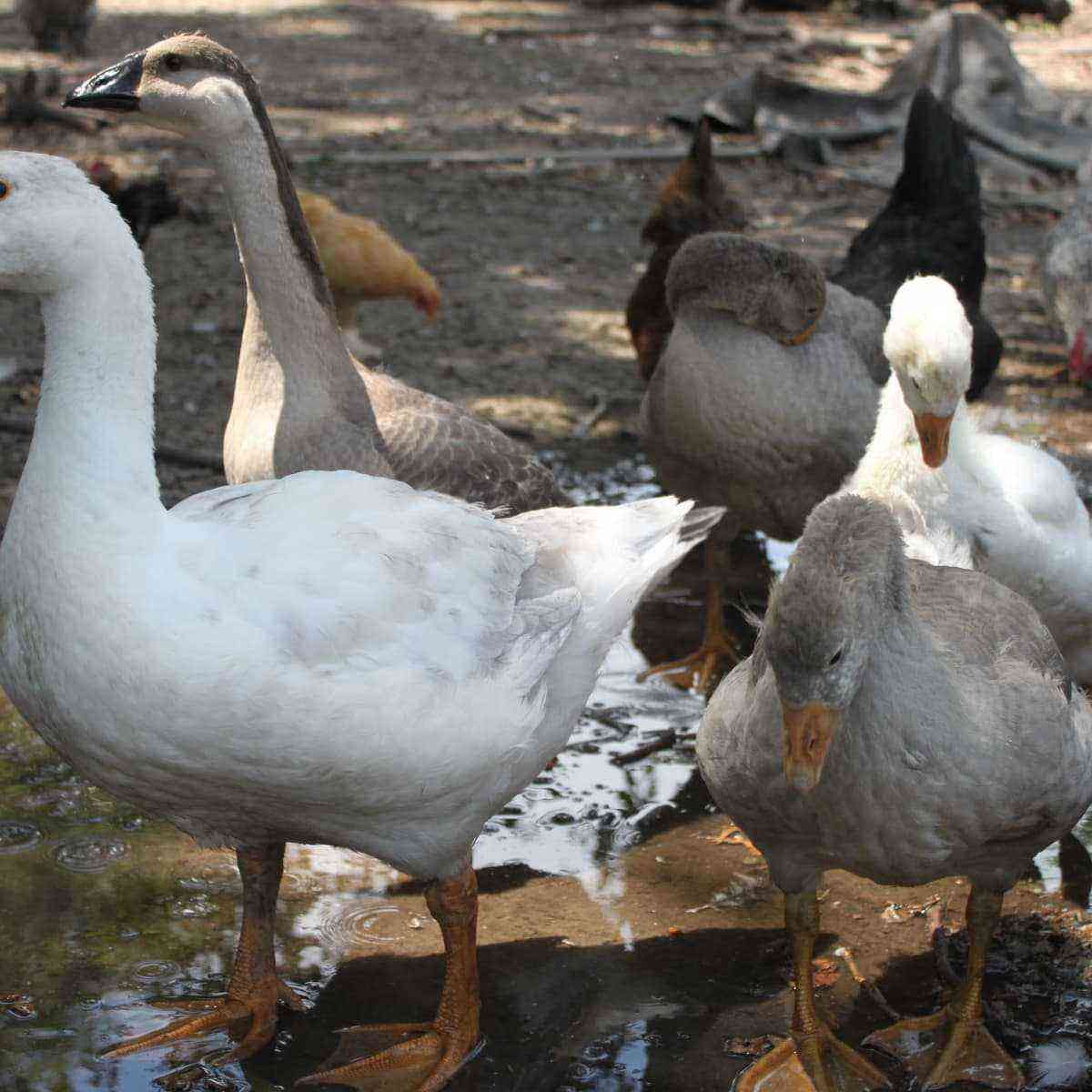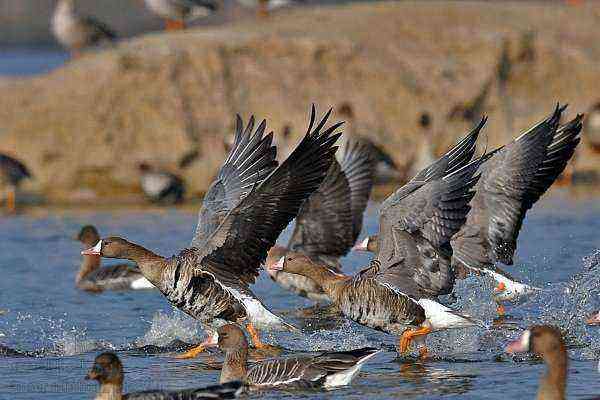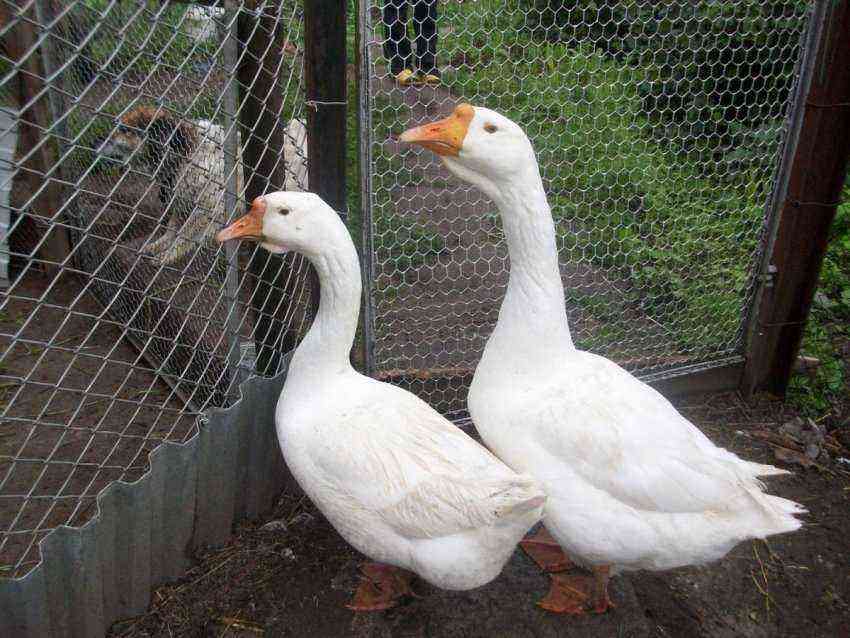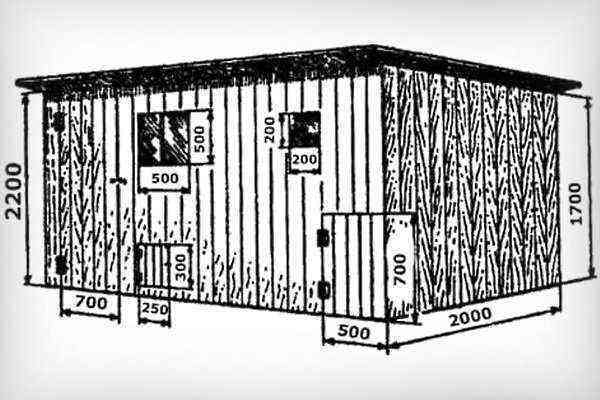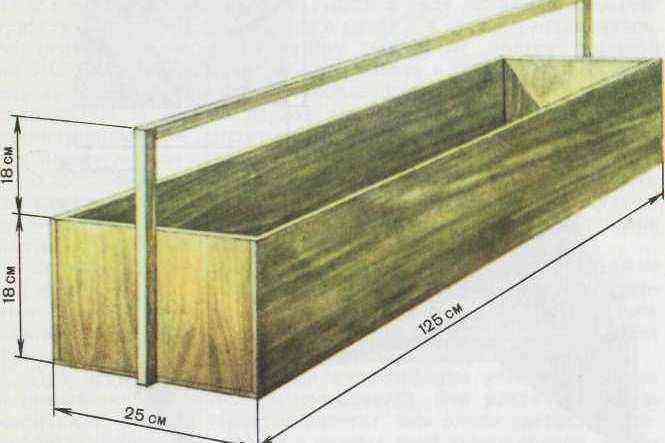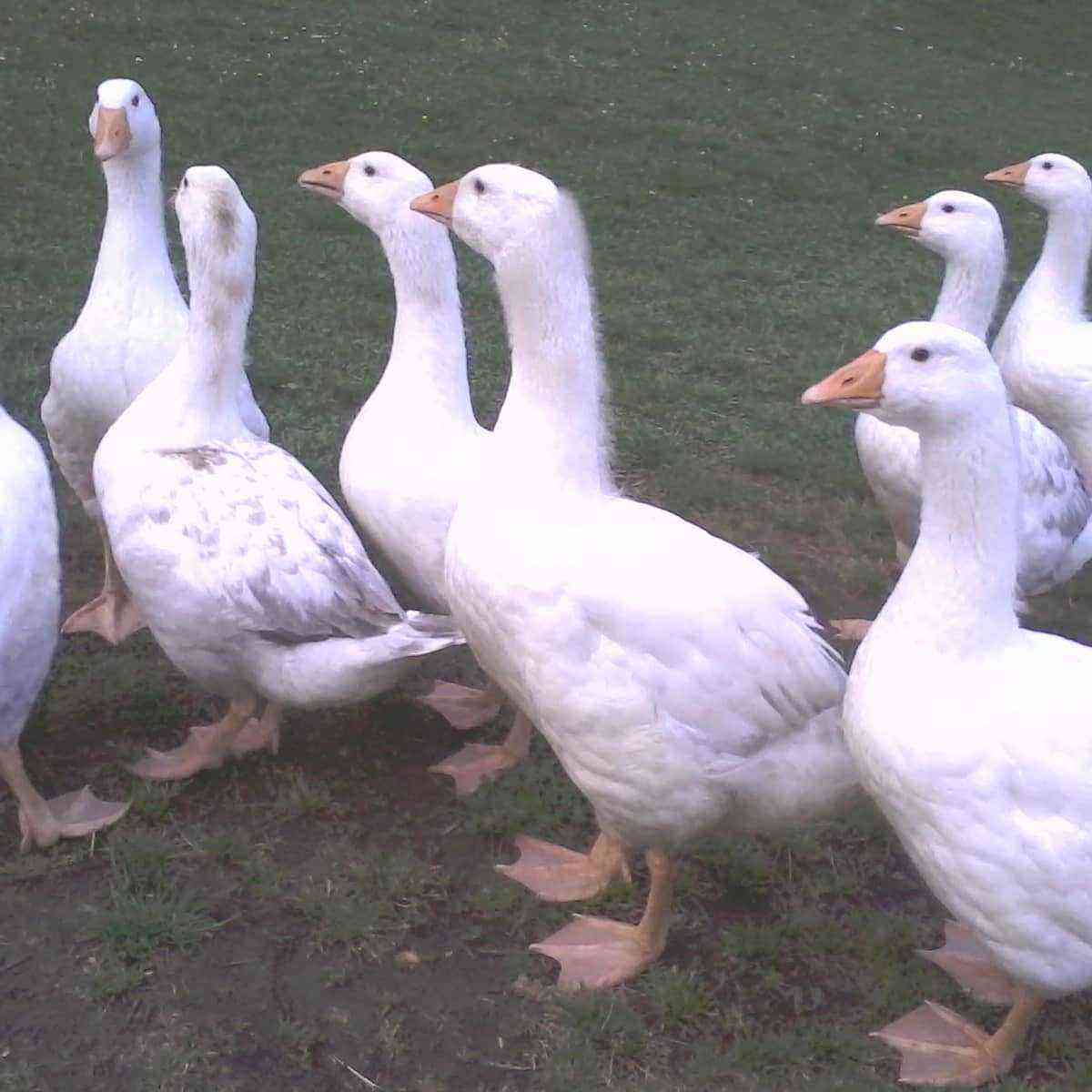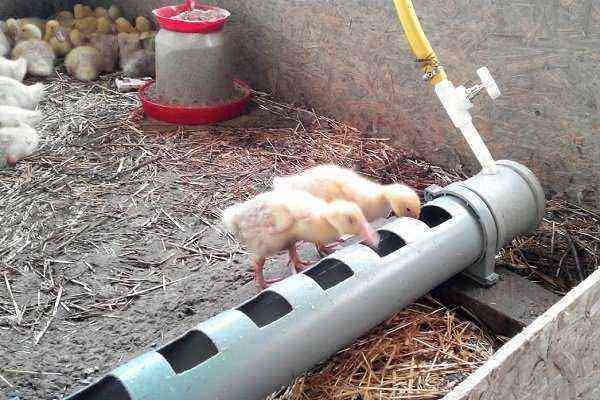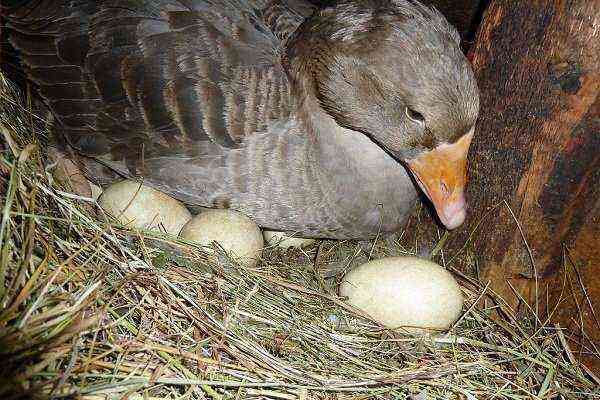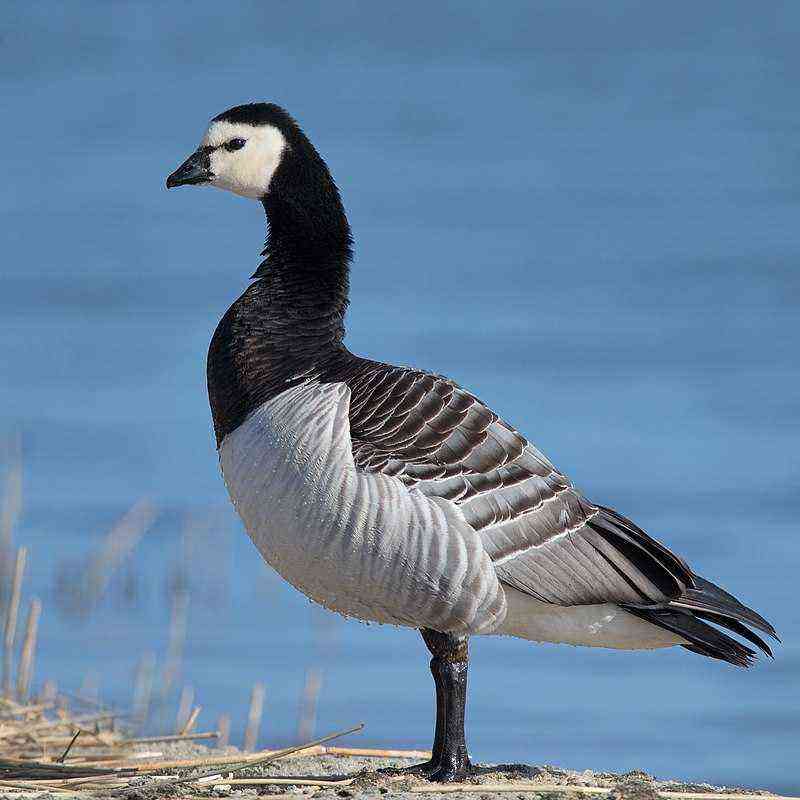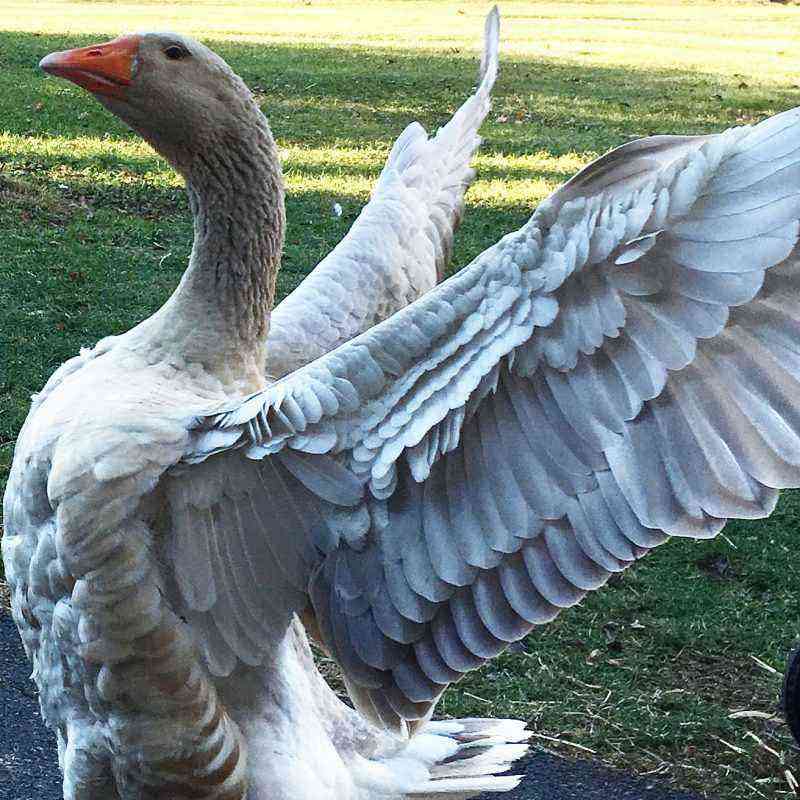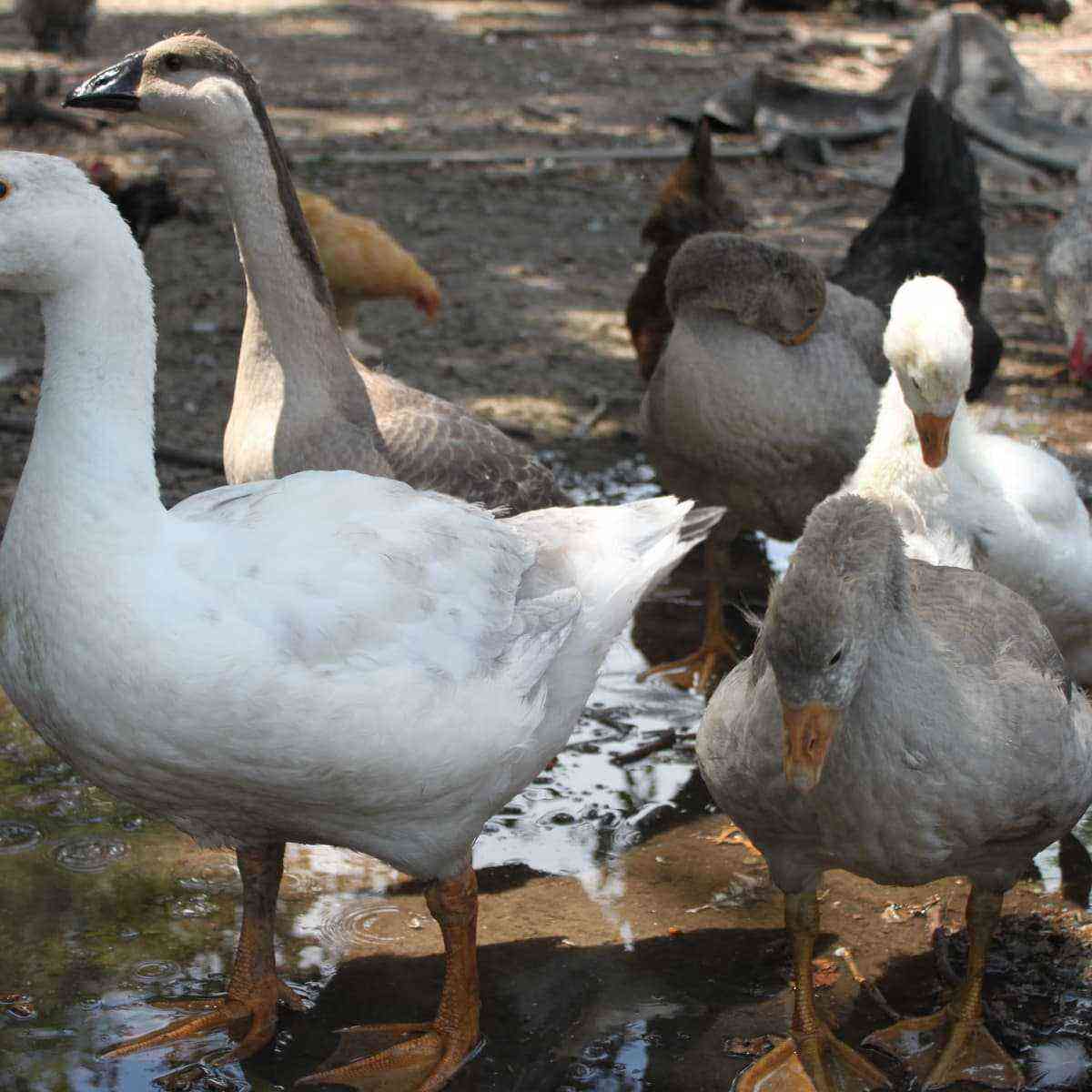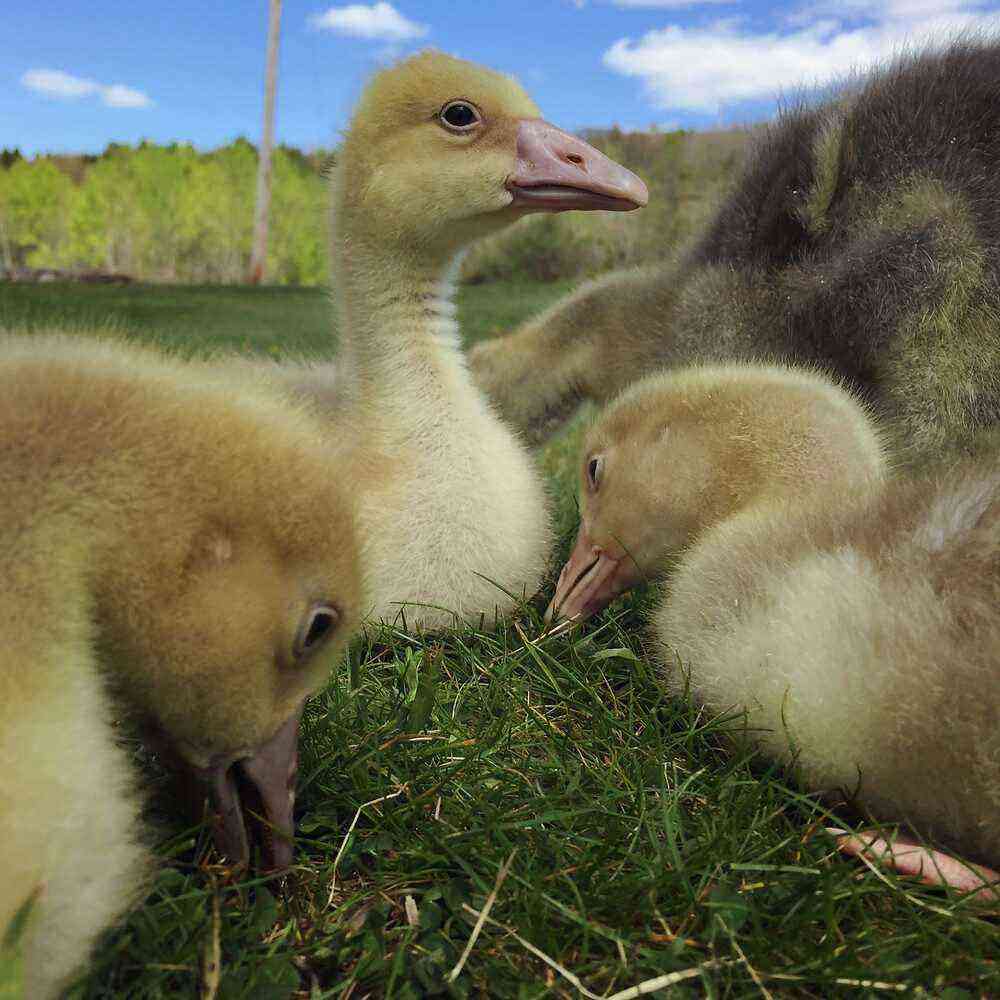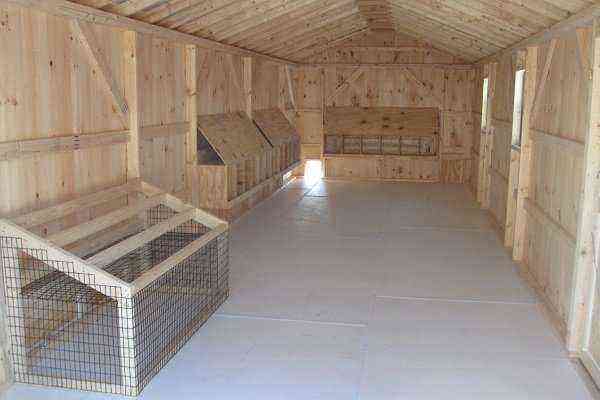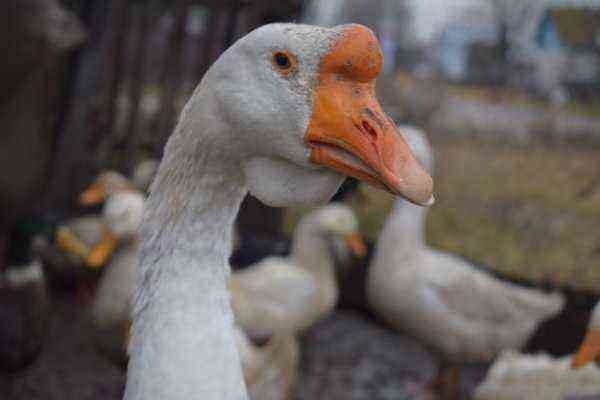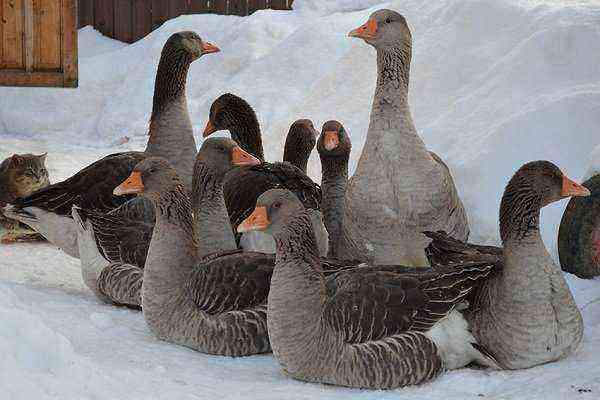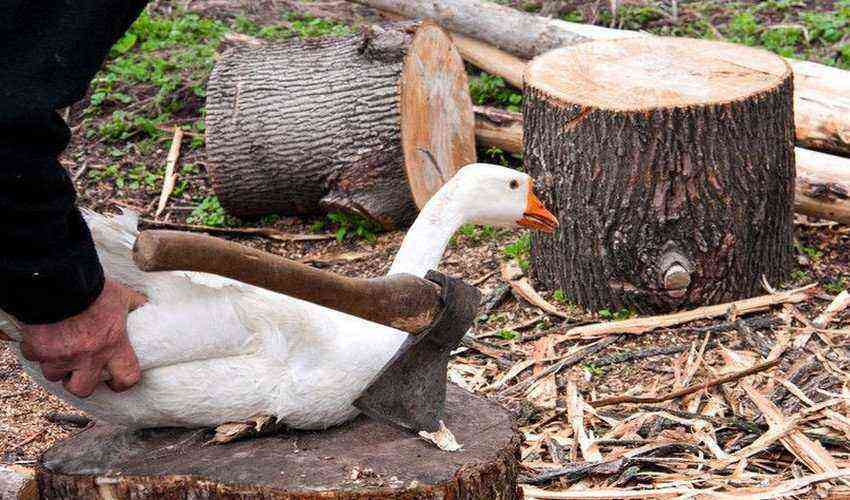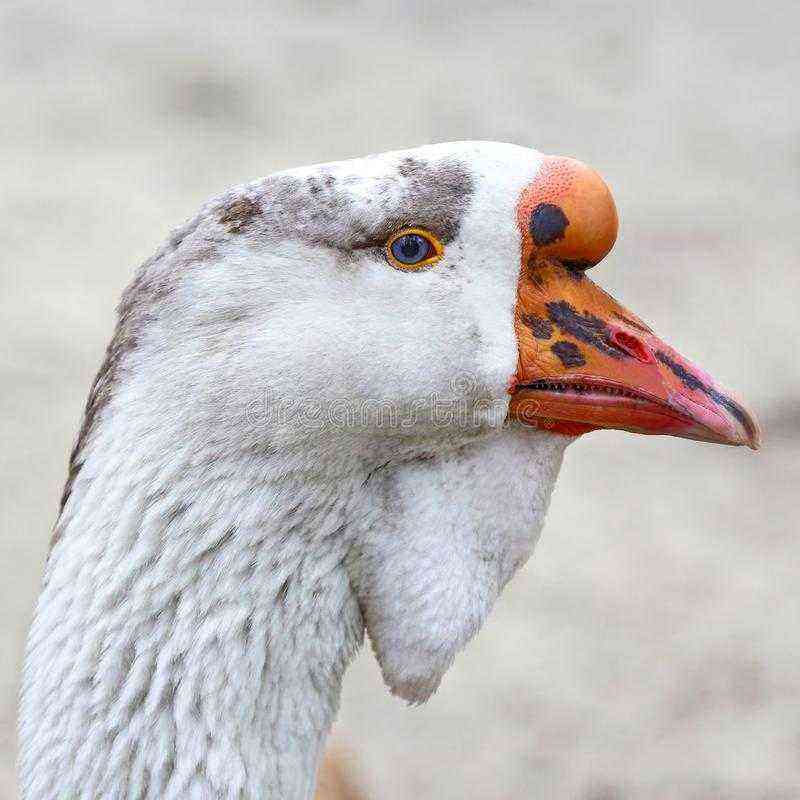Feeders for geese must meet all the requirements for keeping this bird. They are sold in specialized stores, on the market. If the farmer breeds geese on a small and medium scale, then to save money, the feed container can be made independently.
What should be the feeder?
There are generally accepted criteria for compliance with the norms of goose feeders, thanks to which it will be convenient for birds to absorb food, and for the owner to apply food and care for the device. When buying or manufacturing, pay attention to the following indicators:
- goose comfort – he must have free access to the very bottom of the feeder in order to peck out all the remains;
- convenience for the farmer – the design should be easy to remove and install, with closed models there should be an opening through which dry or wet food is poured;
- ease of cleaning – feeders are periodically cleaned to comply with sanitary and hygienic standards, therefore the walls and bottom should not have recesses, recesses and other elements that impede the process of full washing;
- material quality – it must be made from environmentally friendly raw materials, otherwise the risk of poisoning the bird with harmful chemical compounds that make up the material increases;
- stability – tanks cannot tip over, this will lead to loss of food and shyness of birds (if the feeder is installed on the floor, take care of its weight, if suspended, be sure to fix it firmly to the wall);
- safety – over the entire surface there should be no notches, chips, sharp corners and other things that can injure the goose;
- purpose – Do not put wet food in metal containers, as oxidation occurs (iron ones are only suitable for dry food);
- type of construction – should be such that the bird cannot get inside with its paws, which is why the infection is transferred, and the birds get sick.
Pay special attention to the dimensions:
- For adults. Height – from 15 to 20 cm, volume for one head – 15-18 cubic meters. cm.
- For the young. Height – from 5 to 10 cm, volume – from 5 to 12 cubic meters. cm.
To determine the exact height, based on the age category of birds, please note that the feeder should be 2 cm above the level of the birds’ backs.
Since geese scatter it while eating food, place a tray under the fixture, and make a roof so that precipitation and dirt do not get inside when feeding on the street.
Varieties of structures
Types of feeders differ in design features, material of manufacture, purpose, method of feeding, age of geese, etc. All of them have their own advantages and disadvantages.
Open
These simplest structures, which do not have shelter on top, are a rectangular or square box into which food is poured. Some farmers simply install basins, but do not take into account that they can turn over. Open feeders are hung from the wall or placed on the floor.
Advantages of open fixtures:
- ease of manufacture;
- low cost in stores;
- ease of cleaning;
- free access for humans and birds;
- several geese feed at the same time, which is convenient for a large livestock.
Among the minuses are the following:
- food is scattered by birds on the floor, so the owner incurs losses;
- there is a possibility of jumping geese inside, which violates hygiene standards.
Such designs provide for the presence of free space for 1 head of 20-25 cm, so the length of the feeder is calculated based on these indicators and the number of birds in the flock.
with windows
This is an open-type manger, but with the difference that the upper part is equipped with a lid. Holes are made in it for sticking the head, so that the goose will not be able to get inside with its paws. If it is not possible to make a lid, farmers simply cover it with a grate with appropriately sized cells.
The hole should be at least 20 cm on all sides – so the bird can easily reach the feed.
The advantages of window structures are the same as in the previous case, but are complemented by the main indicator – birds have limited access to the inside with their paws.
There is only one drawback – it is used only for dry food, since the simplest manufacturing option involves the use of wood (it is quite difficult to make such a feeder out of metal or plastic).
Bunker
These are structures with 3 components – a container for storing food, a compartment for removing food in a dosed way, and a feeder from which geese absorb food. The principle of operation is to supply mixtures under the influence of gravity, so the products are poured from the hopper into the compartment for eating gradually (as the latter is empty).
There are 2 varieties:
- Hanging option. This is a fully equipped model containing all 3 components. The structure is suspended from the wall.
- Ground fixture. It consists only of a barrel-reservoir and a pipe for supplying feed. The feeder is installed separately.
Advantages of bunker structures:
- there is no need to pour food several times a day, since the bunker tank is quite spacious – they poured it in the morning, by the evening the geese ate everything;
- lack of access to the main portion of the feed, which is placed in the tank, so that the food remains clean;
- the ability to adjust the amount and speed of feed.
There are two disadvantages – the high cost in the store and the complexity of manufacturing on your own.
automatic
The best option for large farms or people who do not have time to feed poultry frequently. This is a kind of bunker feeder, but there are also more complex models, consisting of the following elements:
- receiving bunker;
- pipes for distributing feed;
- gear motor;
- several feeders for individual nutrition;
- hanging and fastening system.
The main advantages:
- autonomy of feeding;
- high performance;
- convenience for geese and humans.
Disadvantages – high price for the finished product and self-manufacturing, complex design.
Features of devices
Goose feeders are divided into types according to their intended purpose – for which particular feed (dry or wet). There are varieties that differ among themselves in the age of the bird, since it is impossible to feed adults and young animals from the same type of structures.
For loose mixes
For dry food, absolutely any feeders are used. There are no requirements for the quality and type of materials, since in the absence of moisture, oxidative reactions do not occur.
Bulk mixes include:
- grain feed;
- compound feed;
- crushed chalk and shells;
- sand;
- gravel;
- granular additives and the like.
Most often, farmers use wooden fixtures, as they have the lowest cost and it is not difficult to make them yourself. Especially if wooden elements (boards, slats, bars) are lying around idle on the farm.
There is a main requirement – the structures for dry mixes should be of such volumes that they contain the daily dosage of food, and no more.
For wet food
Any material cannot be used for wet mixes, as oxidation occurs, as a result of which substances toxic to geese are released, which leads to diseases and even death.
Optimal raw material:
- Plastic, plastic. An excellent option, which is easy to care for, that is, wash under running water using any detergent.
- Metal. It is used for any feed, except for fermented milk mixtures. Only galvanized steel and other types of stainless iron are used.
Wooden fixtures are not recommended, as the wood swells over time and the feed leaks through the cracks, resulting in a loss.
Feeders for wet mixes must be completely sealed, so it is impossible to make metal products at home without a welding machine and other equipment. For this reason (if it is not possible to buy a finished model), farmers use plastic containers.
A simplified version for the household is a car tire cut into 2 parts. These feeders can also be used as drinkers.
For young animals
From the very first day of life, goslings are given feeders-trays with a side height of 1,5 to 2,2 cm. For 2-3 days, you can substitute troughs a little higher, since the chicks will already be able to jump over and climb inside.
On the 15th day, the height of the side should be 14 cm. So you need to change designs until the age of 30 days, after which the goslings are considered almost adults and can eat from common containers.
Other features:
- install as many structures so that they are enough for all young individuals with a simultaneous approach;
- optimal dimensions – width 14 cm, length 90 cm;
- for the convenience of absorbing food and transporting feeders, it is recommended to make a handle along the length of the structure (a wooden rail is used for this).
How to make a do-it-yourself goose feeder?
In specialized stores, goose feeders are not cheap, so many farmers prefer to make their own. For this, different materials are used – plastic pipes, wood, metal, etc., and some manage to use improvised raw materials – car tires, basins, buckets, barrels.
Bunker
To make such a design is not as difficult as it seems at first glance. It is important to buy the necessary materials and prepare tools. You can make it from a barrel and a plastic pipe.
What you need for option 1:
- barrel made of plastic or metal;
- hacksaw;
- hot glue;
- pieces of plastic pipes at an angle of 90 °.
Manufacturing process:
- Mark the barrel with a marker or felt-tip pen along the entire diameter from the bottom side. Height – from 30 to 40 cm.
- Take a corner piece of pipe – saw it into 2 parts strictly along the fold.
- Attach pipes from 2 sides of the barrel, outline them with a felt-tip pen and cut out round holes.
- Insert pipes into them, and process the joints with hot glue.
- Place the hopper on the floor, pour in the feed, close the lid.
If there is no barrel, use plastic pipes.
Prepare the following materials:
- a piece of plastic pipe for the tank (length 1-1,2 m, diameter 9 cm);
- tee (coupling);
- 45° corner adapters;
- fastening clamps;
- plug;
- screwdriver, screws, hammer.
How to make:
- Attach the hopper pipe to the center of the tee.
- Put the corner adapters on the ends of the coupling sticking out to the sides, knocking with a hammer;
- Fasten all parts with self-tapping screws using a screwdriver.
- Attach the clamps to the support post.
- Pour the feed, close the hole on top with a plug.
To visualize the work process step by step, watch the video:
Wooden
The simplest design, which will require a little skill. And also the following:
- wooden slats – 4 pcs. (2 each wide and narrow);
- rail for the crossbar-handle;
- plugs – 2 pcs.;
- bars according to the size of the rails;
- hammer and nails.
Sequence of work:
- From wide and narrow rails knock down the box so that the bottom is at an angle of 90 °.
- Nail wooden plugs on the sides, and a bar to them for structural stability.
- Attach a rail to the plugs, which acts as a handle.
In this design, food is not scattered, and geese do not climb inside.
Diagram:
For wet food
For wet mixes, 2 simple feeder options can be used. Namely:
- From a plastic bucket. Manufacturing process:
- Make 4-5 holes on the sides near the bottom.
- Take any container like a deep plate.
- Glue the bottom of the bucket to it.
- Pour the food, close any lid.
- From a water pipe. How to do it:
- On one side, make holes along the length with a diameter of 20-25 cm (as an option – one large one).
- Insert a plug on one side, and an angle adapter on the other side with the hole up to fill in the feed.
- Install the structure on any base.
A simple option – cut the plastic pipe into 2 parts, put on any base.
helpful hints
In order for the feeder to exactly match its purpose and application, strictly follow all step-by-step manufacturing instructions and the requirements for choosing a model.
Experienced farmers recommend paying attention to the following aspects:
- take care of the reliability of fastening, especially if the feeder is located on the wall, as geese are heavy birds, and under their weight the structure may fall;
- for the same reason (due to the body weight of the bird), choose high-strength materials so that the structure does not crack during operation;
- do not make the fastening so that later it would be impossible to remove the feeder – do not forget that it must be washed and disinfected, food debris must be removed, moreover, quite often;
- when working with plastic, metal and wood, always grind the cut points, otherwise the geese will injure their neck or head;
- if you made a feeder, and it turned out to be low, just nail the legs to it.
Feeders for geese should be selected in accordance with the purpose and used in the same way. You can not pour wet food into wooden structures, but any model can be used for dry food. Before buying or making your own, carefully study all the options – choose the one that will be convenient, safe and financially affordable.
